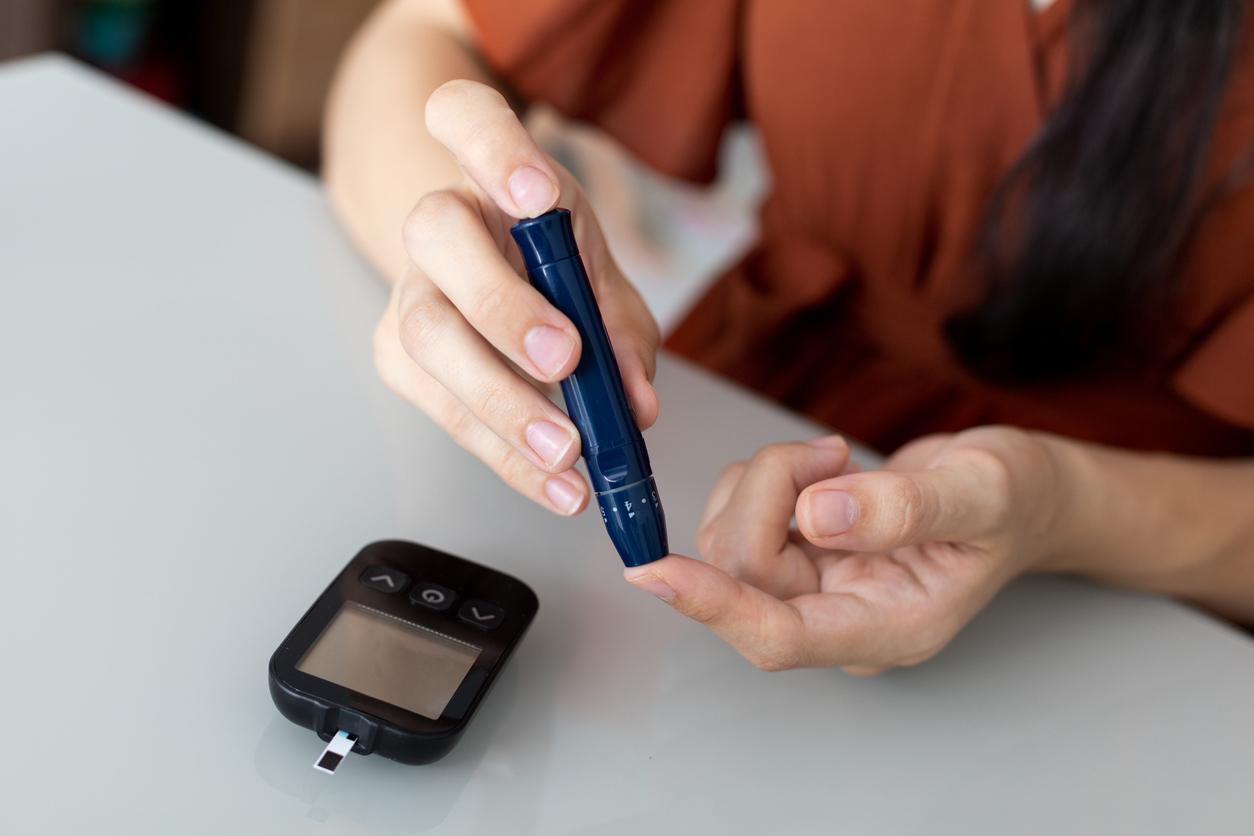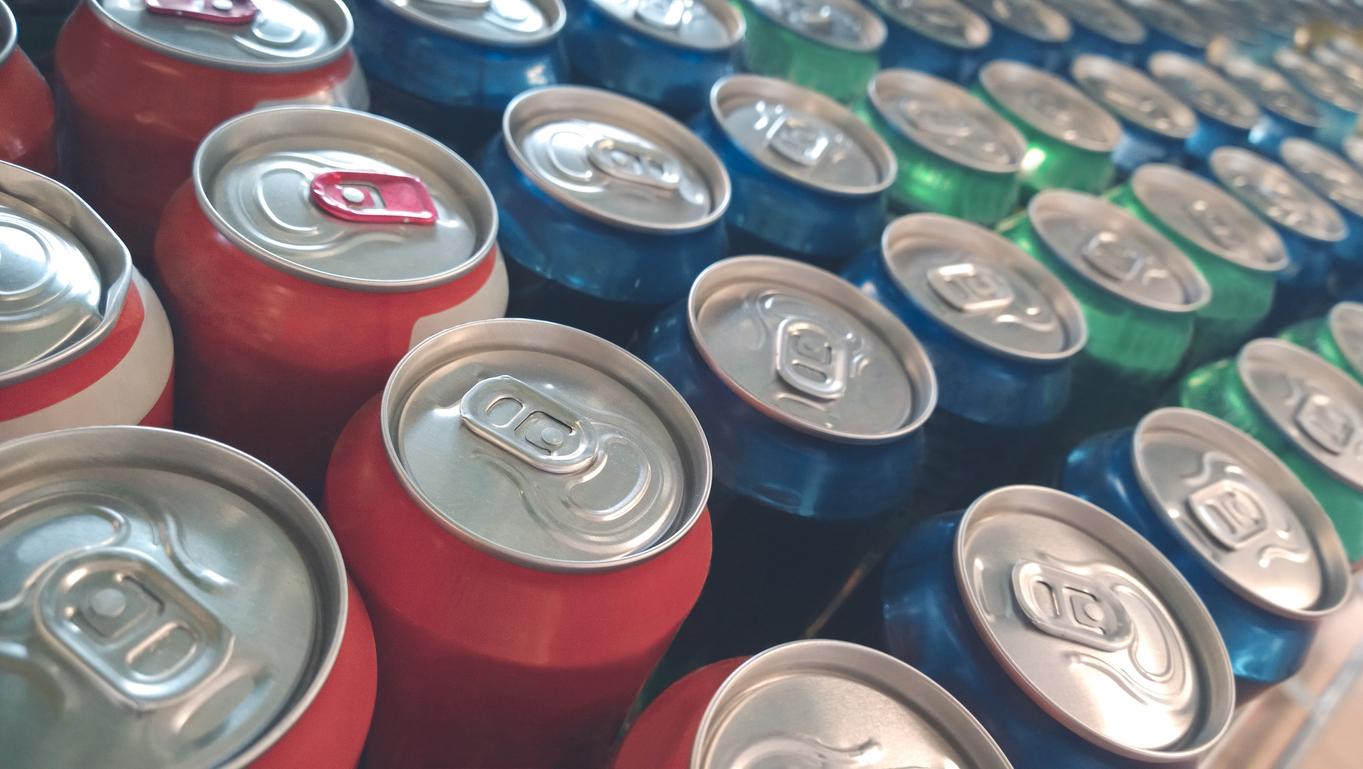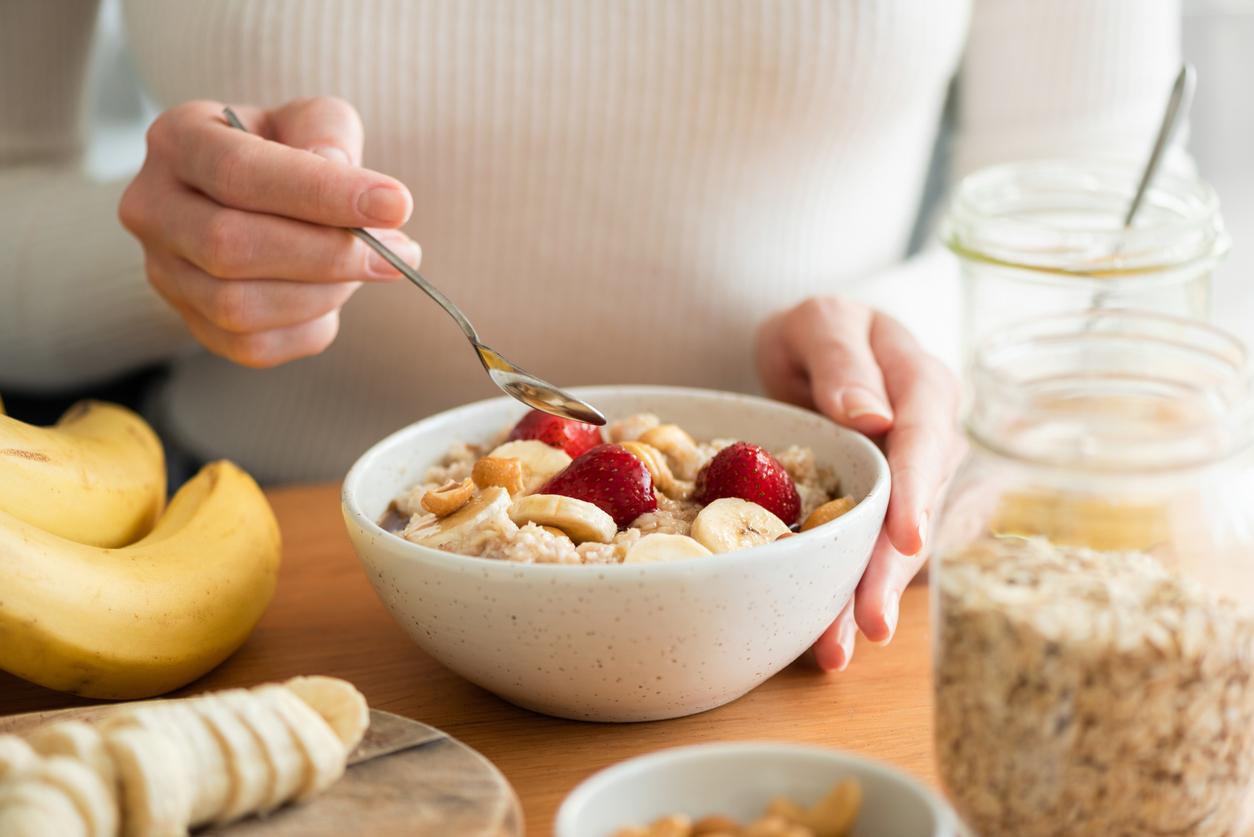This labeling also reduces the risk of type 2 diabetes and lowers healthcare costs.

The Food and Drug Administration, the American organization in charge of food and drug control in the United States, made it mandatory to display added sugars on food packaging in 2016. A team of researchers estimated the impact of this measure at term and publishes its results in the review of the American Heart Association. By 2037, this labeling will make it possible to significantly reduce the number of cardiovascular patients and type 2 diabetics, while enabling significant savings in healthcare expenditure.
“An effective strategy”
The researchers used a simulation tool to measure the effects of this public health measure. Between 2018 and 2037, displaying added sugars on food packaging will prevent 354,400 cases of cardiovascular disease and nearly 600,000 cases of type 2 diabetes. According to their results, $31 billion is expected to be saved on health expenditure. “Food labeling can be an effective strategy to allow consumers to make an informed choice and to concretely change their behavior,” explains Renata Micha, one of the authors of this work.
Improved feed composition
American scientists are optimistic: they believe that the obligation to report the presence of added sugars to consumers will push manufacturers to improve the composition of their products. If this hypothesis is confirmed, this could double their results: more than 700,000 fewer cases of cardiovascular disease and 1.2 million fewer cases of type 2 diabetes.
In France, the government is also taking measures to improve food labelling: since 2016, it has recommended that manufacturers use the Nutri-Score. This logo indicates to consumers the nutritional quality of foodstuffs. In February 2019, MPs adopted a new bill: advertisements for food products must display the Nutri-Score.

.















